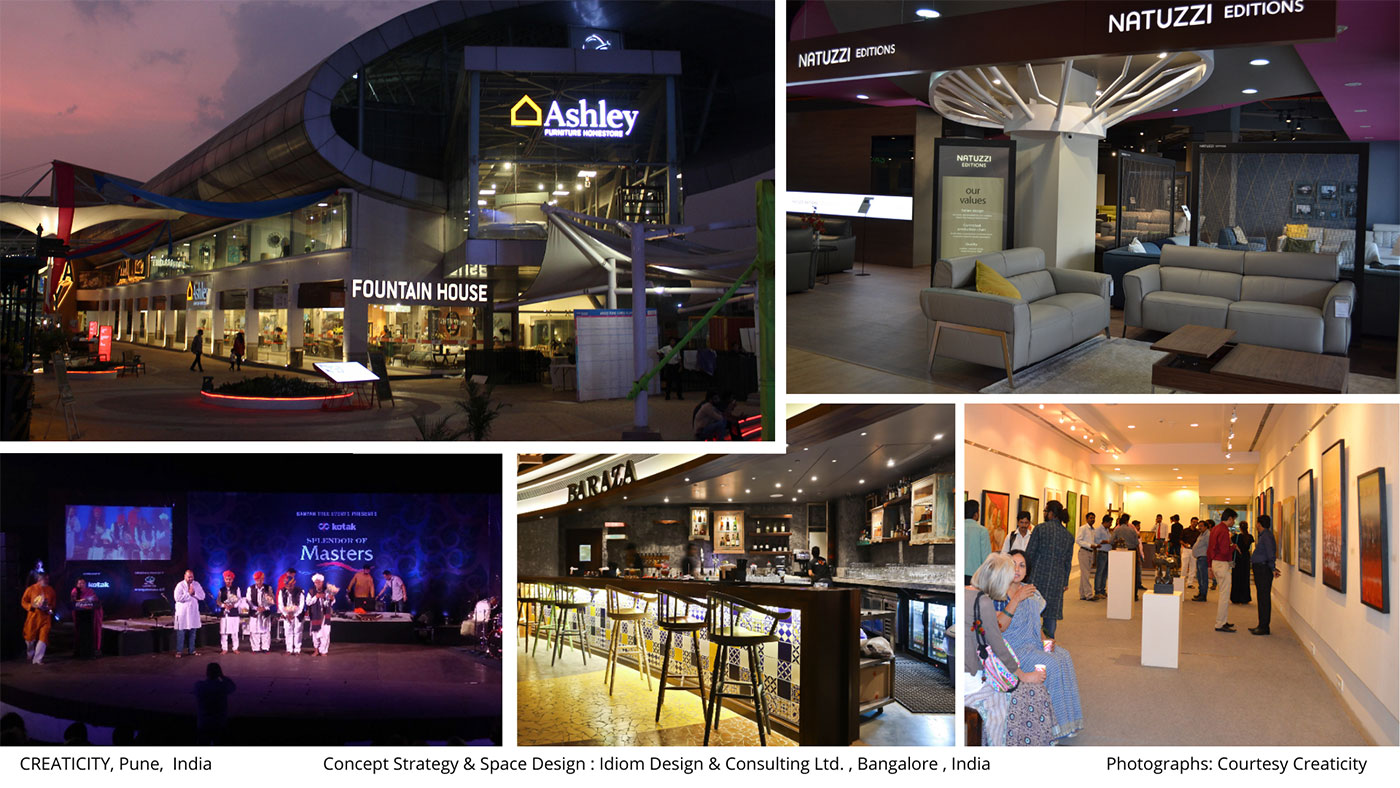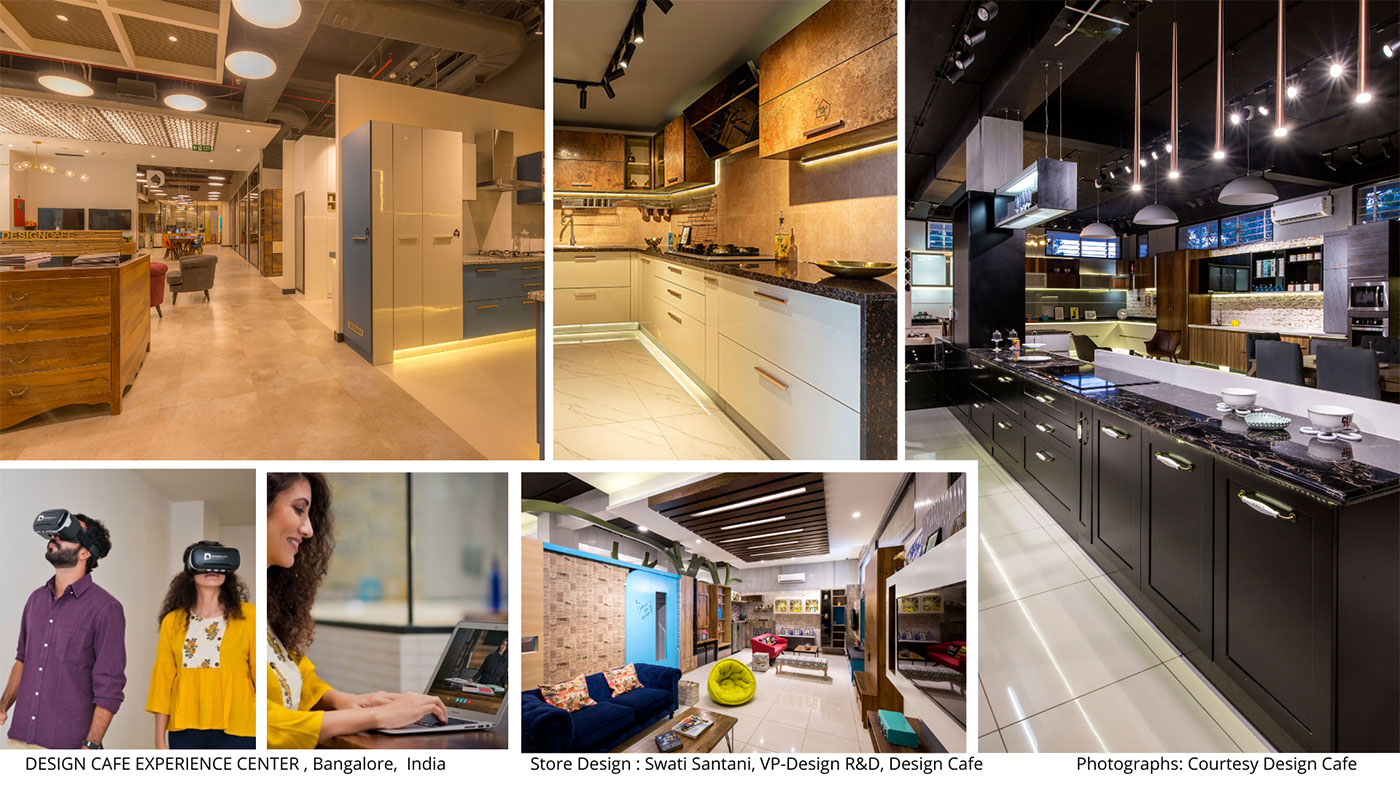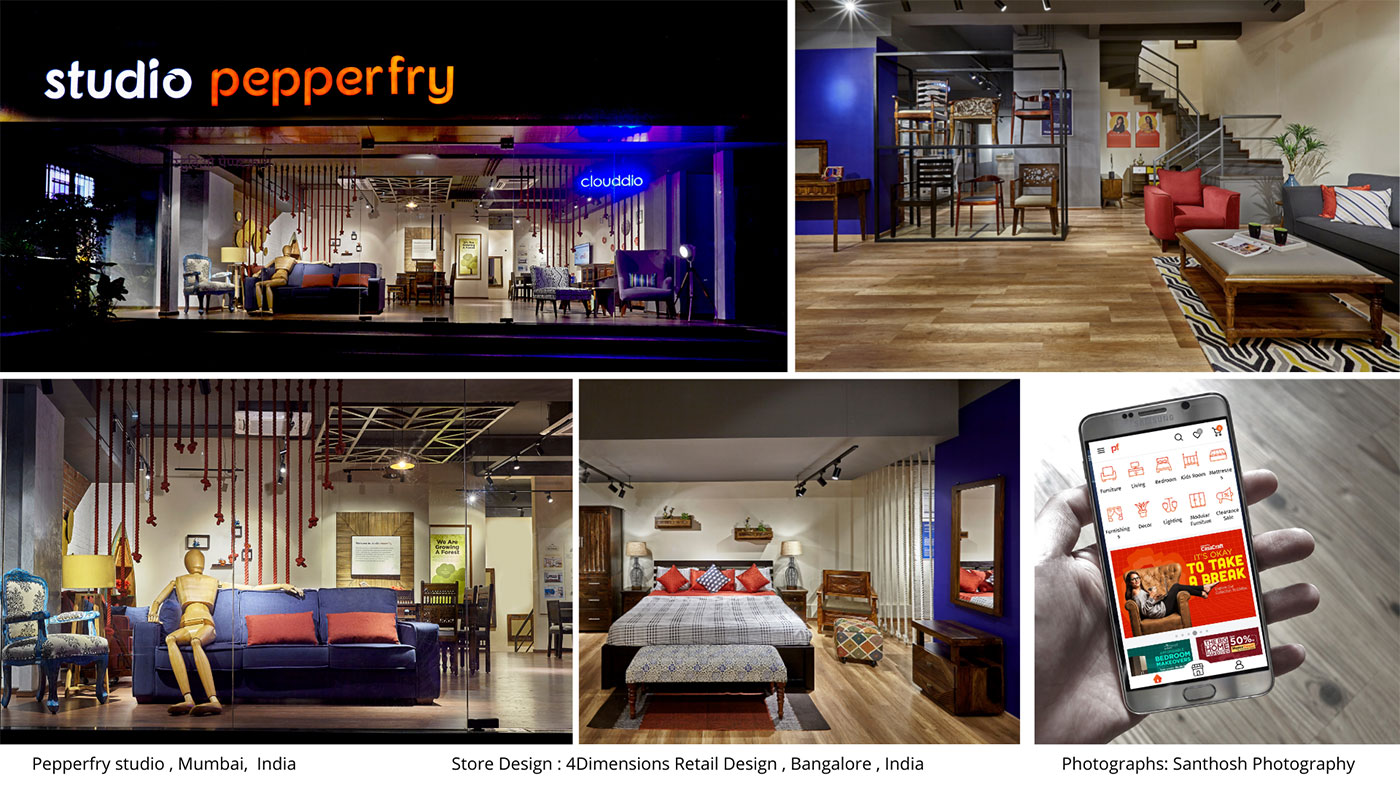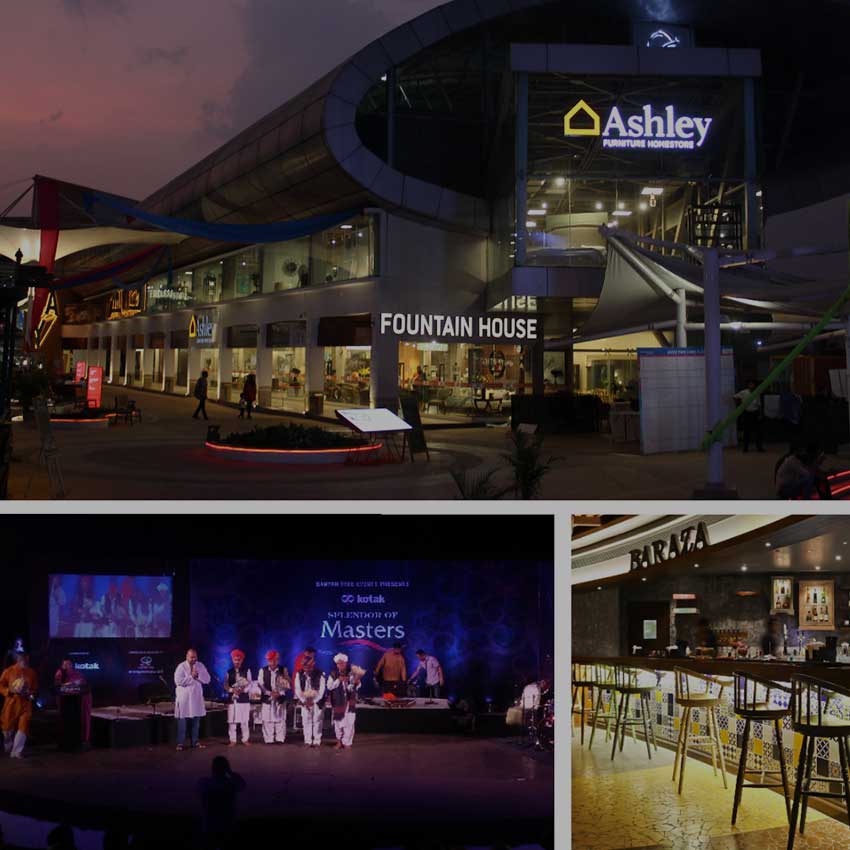Retailing in India : HOMEWARD BOUND
The Indian furniture and home furnishing sectors have responded to the change in consumers’ lives due to the pandemic and its impact on demand.
– by Surender Gnanaolivu
The consequences of the pandemic have permanently transformed the way we live, socialize, work and shop, largely spending time indoors for months at a time in our place of refuge – our homes. In India, this has had a direct impact on the country’s furniture and home goods segment. Three trends that have contributed to this can be attributed to consumer needs, their shopping channels and industry policy.
Consumer needs have changed with new work/life balance considerations – sharing space with family members while at work, study, or leisure at home. Comfort and functionality, the “new normal” design attributes, have created demand for new furniture in almost every home in the country.
The trend of online-assisted browsing and buying furniture, once an urban phenomenon, has penetrated smaller towns owing to urban professionals returning to their hometowns to work there remotely. This has opened new markets for retail channels in this sector.
Following its vision to make India a global manufacturing hub, the government created the “Make In India” initiative to motivate the manufacturing sector to contribute to 25 percent of the country’s GDP by 2025. This, along with allowing 100-percent foreign direct investment in the furniture manufacturing sector in 2019, has created favorable conditions for growth in this sector.
According to Indian Brand Equity Federation (IBEF), the furniture and furnishing sector contributes to 3.6 percent of the Indian retail industry and estimates it will reach $40 billion USD in 2021. The sector is expected to show a compounded annual growth rate (CAGR 2021-2025) of 8.66 percent, according to a report by Hamburg, Germany-based market data firm Statista.
Encouraged by new consumer trends and demand, many retailers are focusing on reimagining their retail experiences and delivery to attract, acquire, engage and convert consumers. Here are a few examples that testify the transformation.
Campus of Creative Living
Creaticity, a unique specialty mall known as a “Creative Living Campus” is an experiential destination for home interior solutions curated across retail, food and entertainment in the city of Pune, India. Spread over one half million square feet, it features more than 100 national and international brands, 27 cuisines and 11 event venues. An efficient tenant portfolio, innovative service and an omnichannel platform have helped this concept return to 90 percent of its pre-COVID sales. Customers are offered consultative assistance right from the pre-design stage through product selection, customization to post-sales support, called the “MYFITBHK,” that serves more than 1000 homes every year. A “Knowledge Hub” featuring five demo zones, such as wood, paint, hardware, electrical and ceiling treatments, offers interior design courses to educate consumers. Sales insights from the pandemic show an increase in work-from-home (WFM) furniture, multi-tasking dining tables, recliners, home décor and bed linens, testifying to changes in consumer lifestyles and responsive assortment planning. Of the 600,000 annual footfalls, the food and entertainment zone attracts an impressive 400,000 people. The 680-seater amphitheater, a successful anchor for the mall, hosts popular music bands, shows, plays and local events in order to stay connected with the local community. The focus for 2021 is to integrate a 3-D visualizer and AR/VR tools through their omnichannel experience to notch up benchmarks in furniture, home goods and creating new ways of experiential selling.

Serving Design Curations
Design Café is a six-year-young complete home interior design solution provider, founded by award-winning architects Shezaan Bhojani and Gita Ramanan. The end-to-end phygitally enabled customer journey starts by booking an appointment online, then an online/in-person consultation with a designer, a visit to the experience center and visualization of the curated design at a VR/AR stations, culminating in booking an order with a commitment for installation within 60 days.
Four experience centers spread across an average size of 7500 square feet feature a gallery of materials, finishes, mock-ups and visualization tools, and have enabled the design and fit-out of more than 5000 homes across India. Despite a significant drop in complete home interior projects during the pandemic, they have seen a 35 to 45 percent increase over last year– the demand driven by compact home-office designs/furniture fueled by a three-fold increase in the need for multi-functional design solutions.
Reduction in staffing during the pandemic led to the launch of Design Café’s in-house tech platform Unity and an AI-enabled, 24/7 chatbot, which has helped improve customer service and online engagement by 30 percent, driving 60 percent more visits to experience centers in Bangalore, Hyderabad and Mumbai, as well as doubling the business last year and into this year.

Omni-channel lifestyle studio
Pepperfry.com is one of India’s largest furniture and home products online marketplace.
A portfolio of more than 120,000 products, 10,000 sellers, 22 distribution centers serving more than 500 cities; a robust online platform with six million-plus registered users; and 66 experiential offline studios have put them in the sweet spot during the pandemic. The company clocked revenue growth of 27.31 percent in 2020 and managed to cut losses by 33.34 percent. Last year, it raised $40 million in a growth round of funding and this, augmented with good demand, is encouraging the retailer to open 30 more stores this year.
Pepperfry Studios, located in 20 cities across India, contribute to about 38 percent of overall sales and play a vital role in positioning the brand as design-focused and experiential. The store design and visual merchandising have a modern, eclectic signature that stages a unique setting to feature the brand’s curated assortment of furniture, décor and consultative omnichannel services.

Bringing it home
With the acceleration of last year’s delayed expansion in India, IKEA has added a notable boost to consumption in a market it has identified as one of its fastest growing, with plans to grow from two cites today to more than 30 Indian cities within seven years. With overall demand rising and the sector responding with supply to suit the need of every economic segment, millions of Indians are sure to benefit with more comfortable and chic homes leading to better quality of living during and after the pandemic.
This article as been exclusively written for and edited by vmsd.com at https://vmsd.com/retailing-in-india-homeward-bound/



